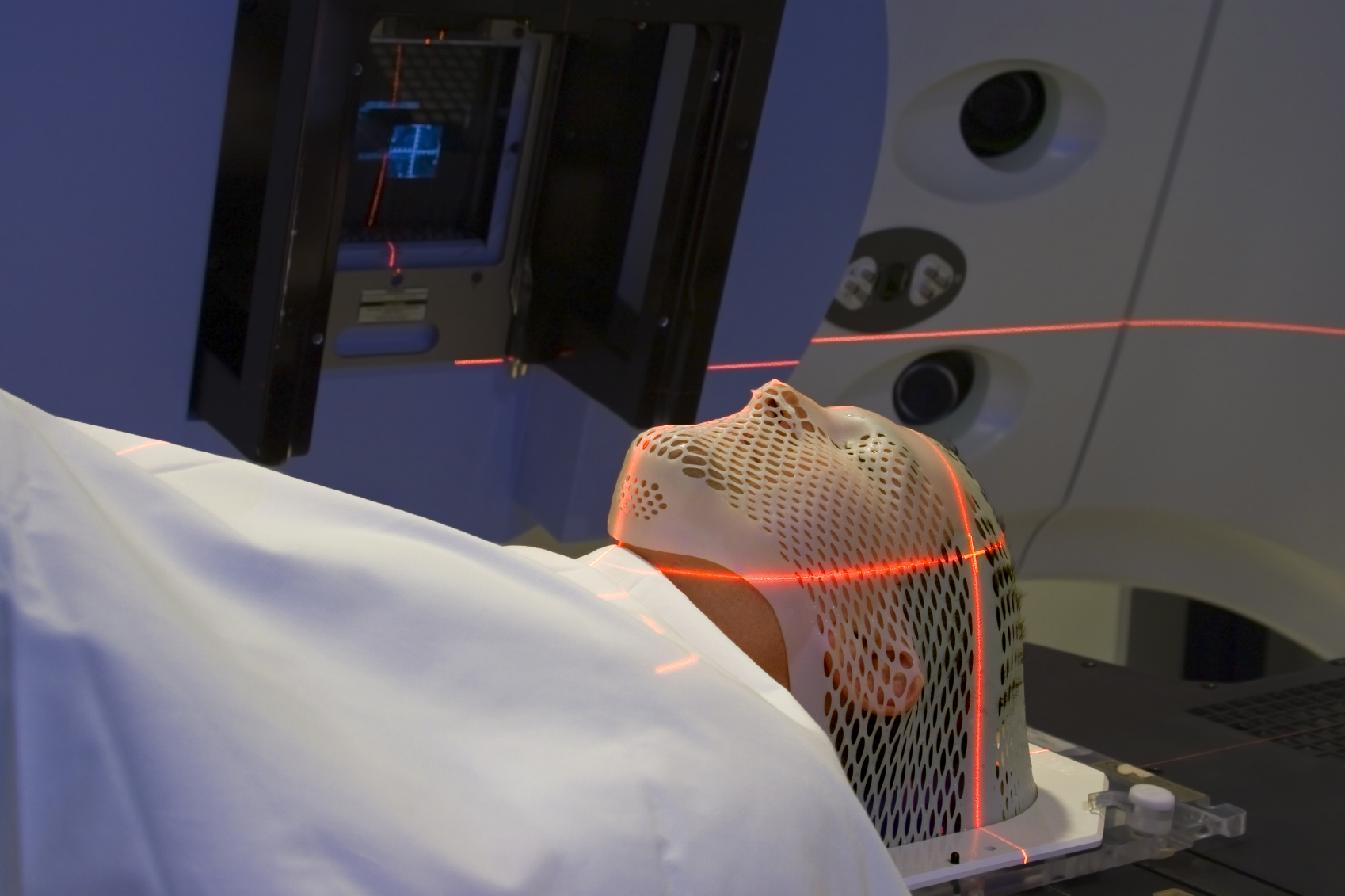

The American Society for Radiation Oncology (ASTRO) published today an updated clinical guideline that details best practices for using radiation therapy to treat patients who have oropharyngeal squamous cell carcinoma (OPSCC) caused by the human papillomavirus (HPV). Recommendations address radiation therapy as a standalone curative treatment or in combination with surgery and/or chemotherapy. The guideline also covers treatment planning and response assessment for patients diagnosed with this increasingly common type of head and neck cancer. The guideline is available as a free-access article in Practical Radiation Oncology, ASTRO’s clinical practice journal.
HPV-positive OPSCC, which occurs in a patient’s throat, is the most common type of HPV-associated cancer among men, and second only to cervical cancer in women. At least 70% of newly diagnosed oropharyngeal cancers are related to HPV. Since ASTRO published its last guideline for oropharyngeal cancer in 2017, HPV-positive OPSCC was recognized as a clinically separate disease from non-HPV OPSCC; the new guideline focuses specifically on treatment for patients with HPV-positive disease.
In contrast to decreasing incidence of tobacco- and alcohol-related OPSCC, incidence rates of HPV-related OPSCC are increasing rapidly in most developed nations, including the U.S., where approximately 21,000 adults are diagnosed with this type of cancer each year. Projections estimate that the number of people who have HPV-positive OPSCC will continue to rise over the next several decades before eventually decreasing as HPV vaccines become more globally accessible and their full impact is achieved.
People diagnosed with HPV-positive OPSCC tend to be younger — in the U.S., the average age at diagnosis is 55 — and often experience much better outcomes than those with HPV-negative disease. Radiation therapy is an especially effective treatment for tumors caused by HPV, which are more radiosensitive and typically more responsive to treatment. With the increasing number of long-term survivors, modern clinical trials tend to focus on de-escalating treatments to reduce side effects while maintaining high cure rates.
“Radiation therapy plays a critical role in the treatment of HPV-positive oropharyngeal cancer, offering a highly effective option for patients seeking curative outcomes. This updated guideline underscores the importance of tailored radiation strategies that maximize patient survival while minimizing side effects,” said Danielle N. Margalit, MD, MPH, vice chair of the guideline task force and a radiation oncologist at Brigham & Women’s/Dana-Farber Cancer Center in Boston. “The recommendations are informed by recent clinical trial data, providing a robust evidence base that empowers physicians and patients to make treatment decisions.”
“The optimal treatment for a patient with HPV-positive oropharyngeal cancer involves collaboration between radiation oncologists, surgeons, medical oncologists and other specialists. This guideline highlights the necessity of a multidisciplinary approach to ensure that each patient receives a comprehensive, personalized treatment plan,” said David J. Sher, MD, MPH, chair of the guideline task force and a radiation oncologist at the University of Texas Southwestern Medical Center in Dallas. “By working together, we can provide the highest quality care that aligns with the patient’s unique needs and preferences, ultimately improving their quality of life and treatment outcomes.”
Full recommendations and supporting evidence are provided in the guideline; key recommendations are as follows. The expert task force also summarized their recommendations in treatment algorithms for definitive radiation/chemoradiation therapy (Figure 1) and for postoperative radiation/chemoradiation (Figure 2).
- For patients treated for HPV+ OPSCC with definitive radiation therapy — that is, curative-intent radiation without surgery — concurrent systemic therapy is recommended if the patient has certain indicators of higher risk, such as more advanced tumor stage or the involvement of multiple lymph nodes. The guideline also outlines criteria where radiation alone is recommended over chemoradiation.
- For patients treated with curative-intent surgery, postoperative radiation or chemoradiation therapy is recommended over observation if pathologic risk factors such as a positive surgical margin or certain tumor characteristics are present. The guideline discusses patient selection in detail and provides direction for the dosing and scheduling of postoperative radiation and chemoradiation.
- Considerations for systemic therapy, including recommendations for chemotherapy drugs, dosing and sequencing with radiation therapy, also are outlined in the guideline, with an emphasis on shared decision making between physicians and patients that weighs the potential benefits and risks of treatment.
- The guideline recommends optimal dosing and fractionation regimens for radiation and chemoradiation therapy in the definitive and postoperative settings. Taking into consideration data from recent dose de-escalation trials, the guideline recommends minimizing, when possible, doses to areas that most impact the patient’s quality of life, such as the organs responsible for swallowing and saliva production. Recommendations also address preferred radiation therapy techniques including intensity-modulated radiation therapy (IMRT).
- Finally, recommendations consider post-treatment assessment, specifically guidance for the patient’s initial restaging after they complete treatment and ongoing surveillance using advanced imaging or other methods.

